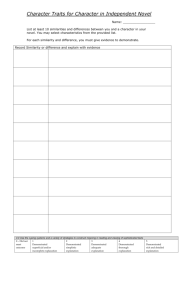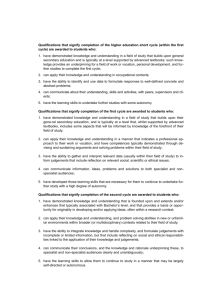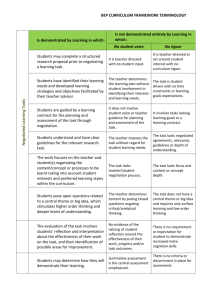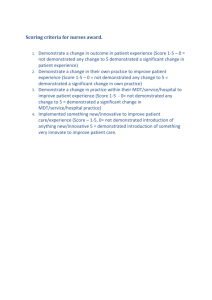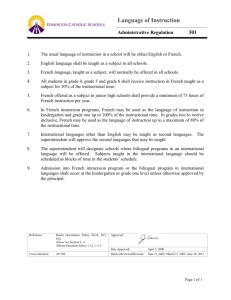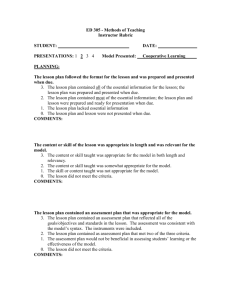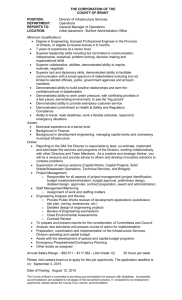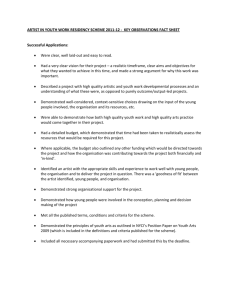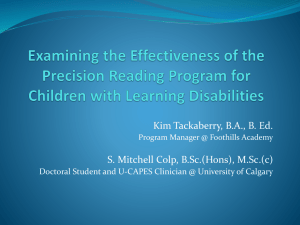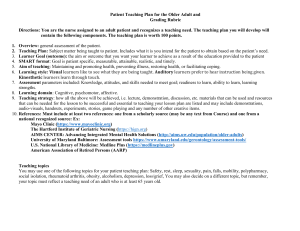Categories of Knowledge and Skills From
advertisement
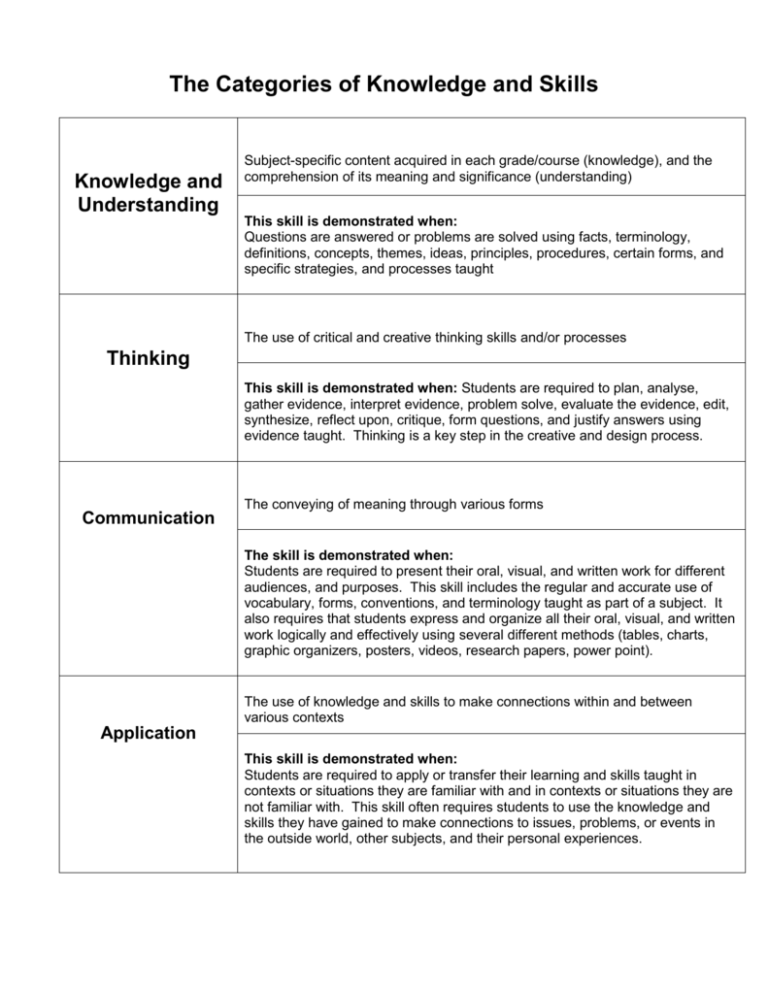
The Categories of Knowledge and Skills Knowledge and Understanding Subject-specific content acquired in each grade/course (knowledge), and the comprehension of its meaning and significance (understanding) This skill is demonstrated when: Questions are answered or problems are solved using facts, terminology, definitions, concepts, themes, ideas, principles, procedures, certain forms, and specific strategies, and processes taught The use of critical and creative thinking skills and/or processes Thinking This skill is demonstrated when: Students are required to plan, analyse, gather evidence, interpret evidence, problem solve, evaluate the evidence, edit, synthesize, reflect upon, critique, form questions, and justify answers using evidence taught. Thinking is a key step in the creative and design process. Communication The conveying of meaning through various forms The skill is demonstrated when: Students are required to present their oral, visual, and written work for different audiences, and purposes. This skill includes the regular and accurate use of vocabulary, forms, conventions, and terminology taught as part of a subject. It also requires that students express and organize all their oral, visual, and written work logically and effectively using several different methods (tables, charts, graphic organizers, posters, videos, research papers, power point). The use of knowledge and skills to make connections within and between various contexts Application This skill is demonstrated when: Students are required to apply or transfer their learning and skills taught in contexts or situations they are familiar with and in contexts or situations they are not familiar with. This skill often requires students to use the knowledge and skills they have gained to make connections to issues, problems, or events in the outside world, other subjects, and their personal experiences.
